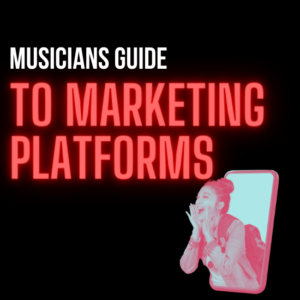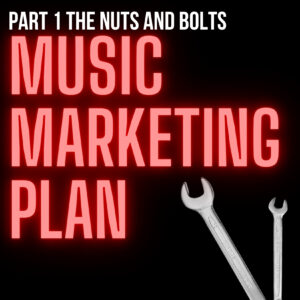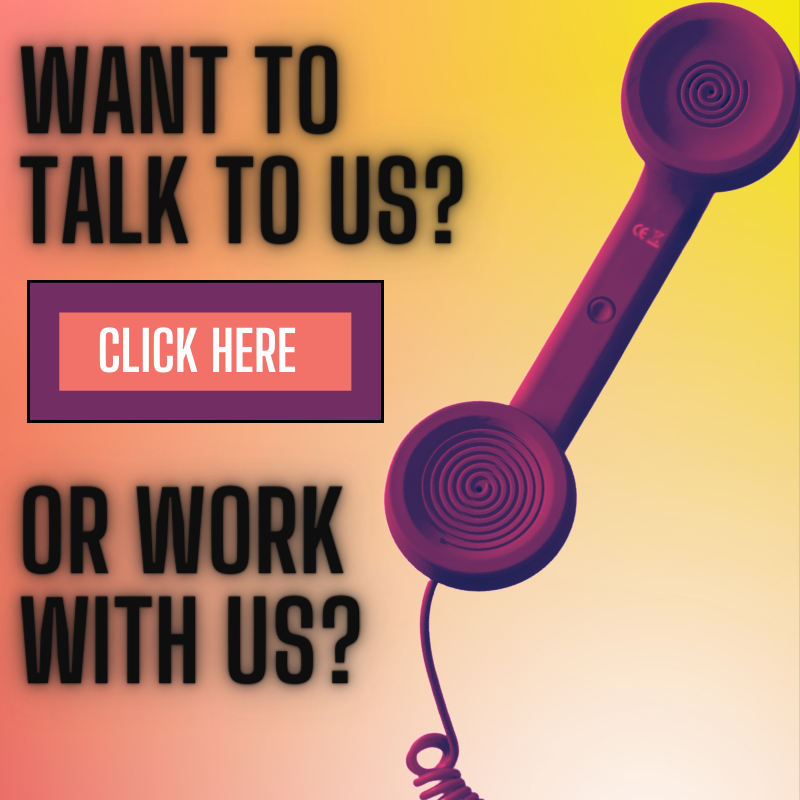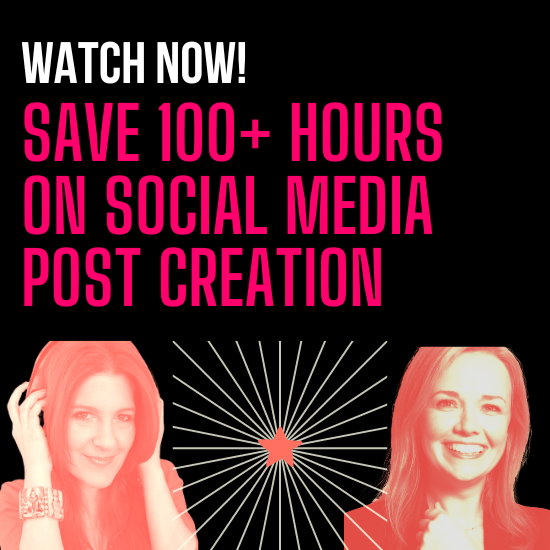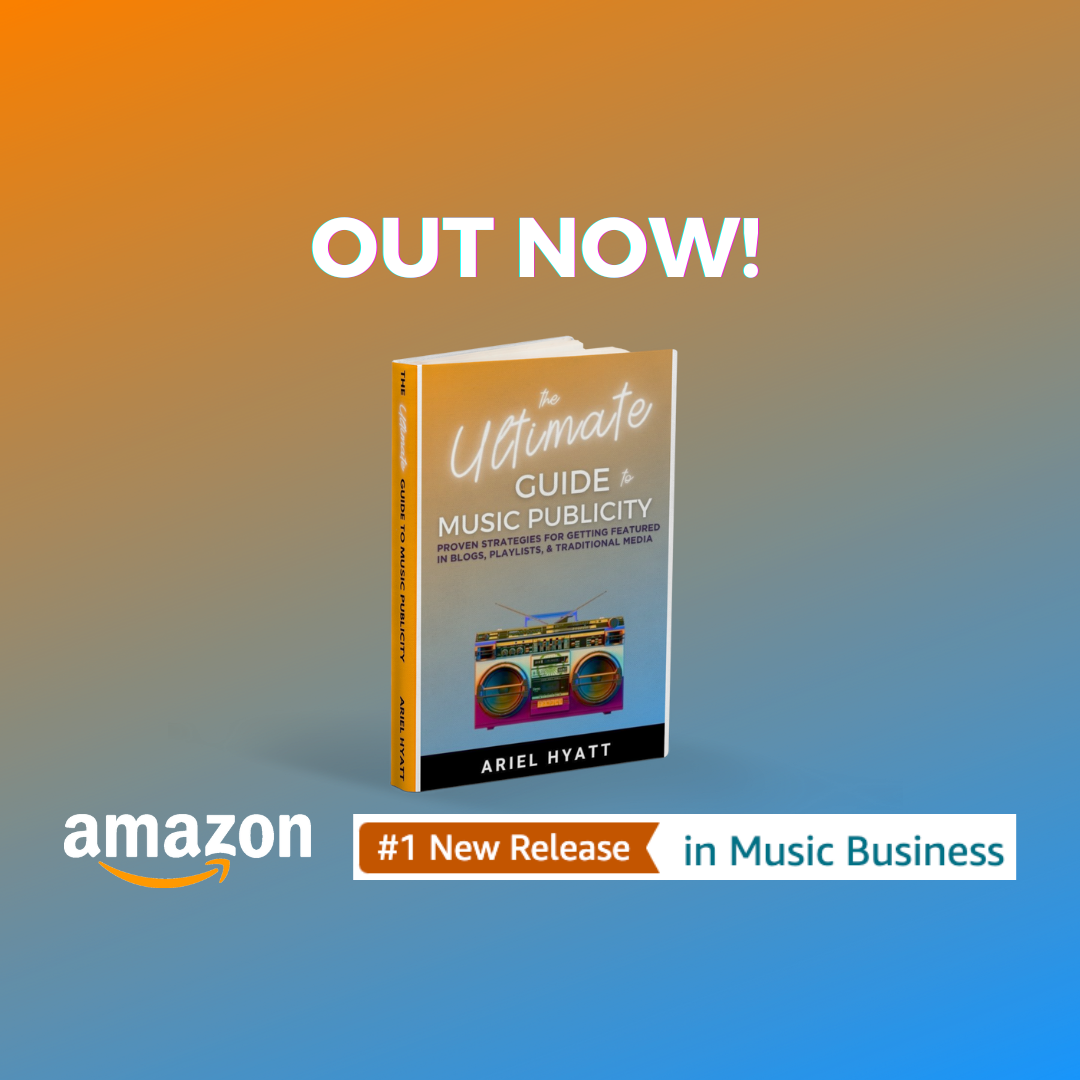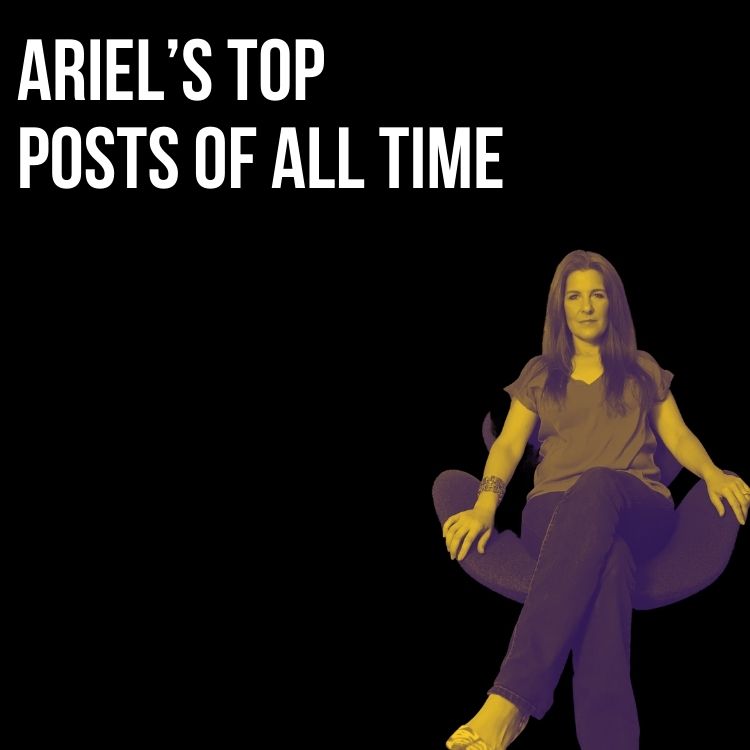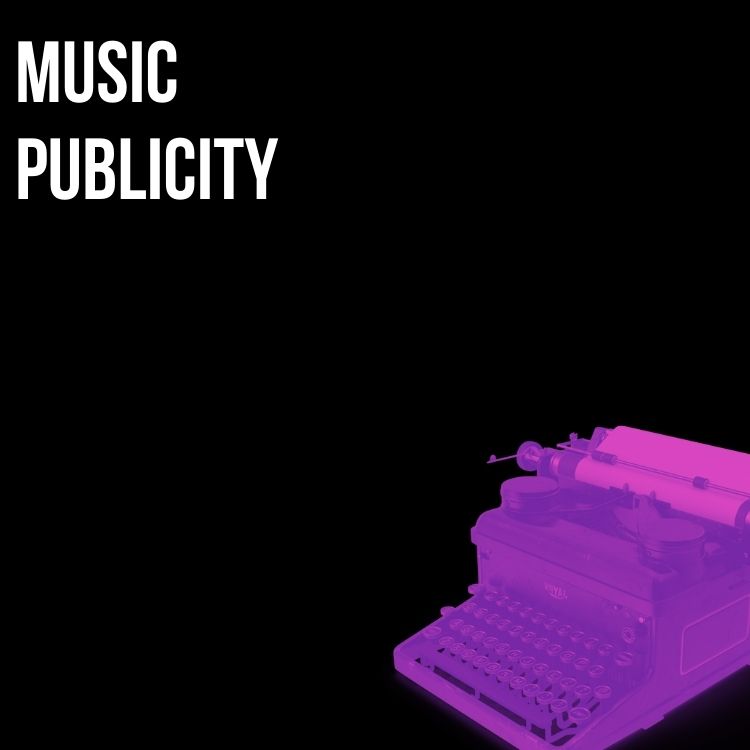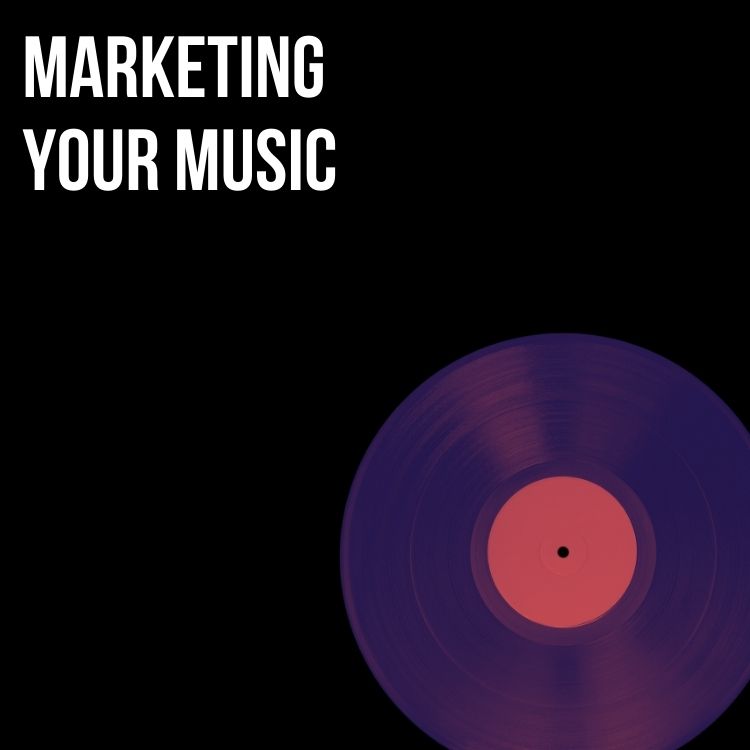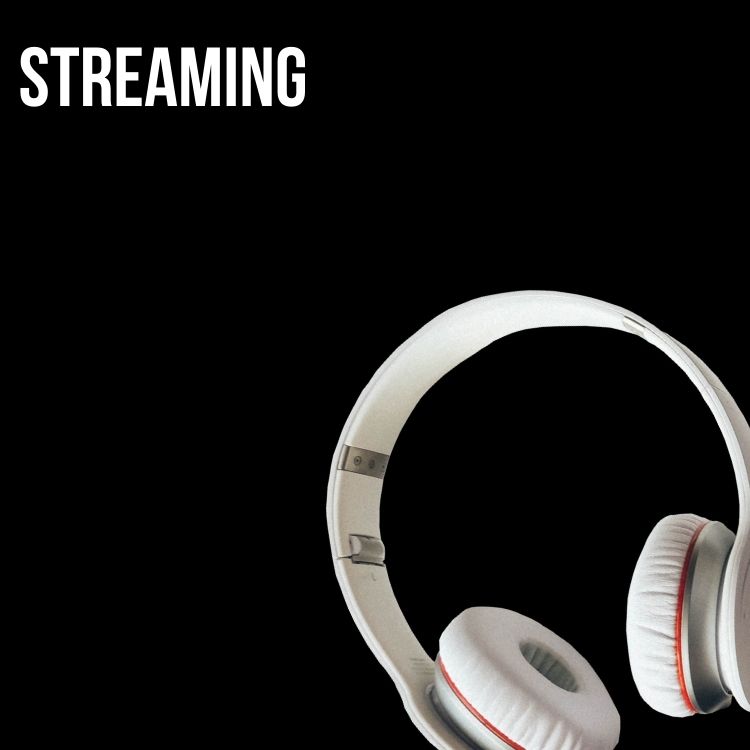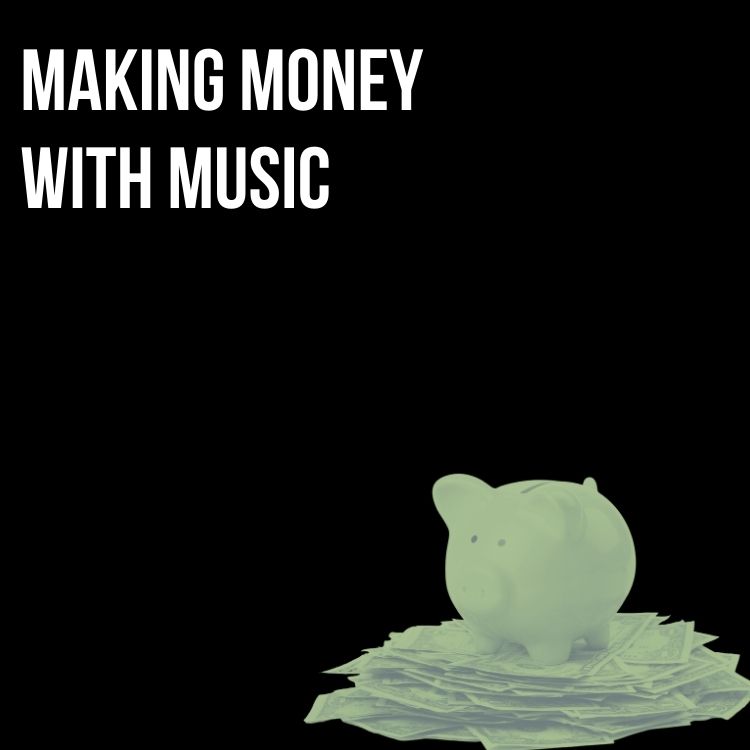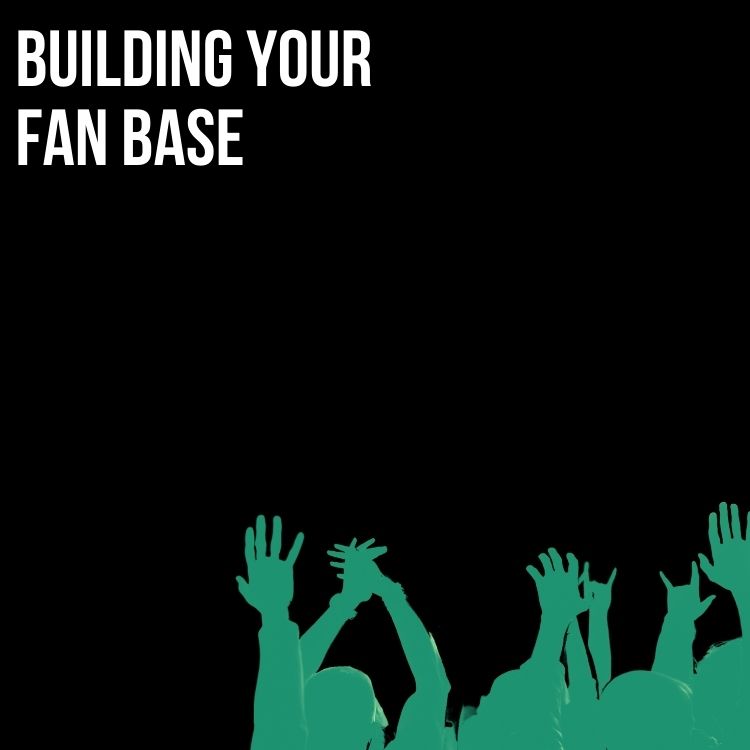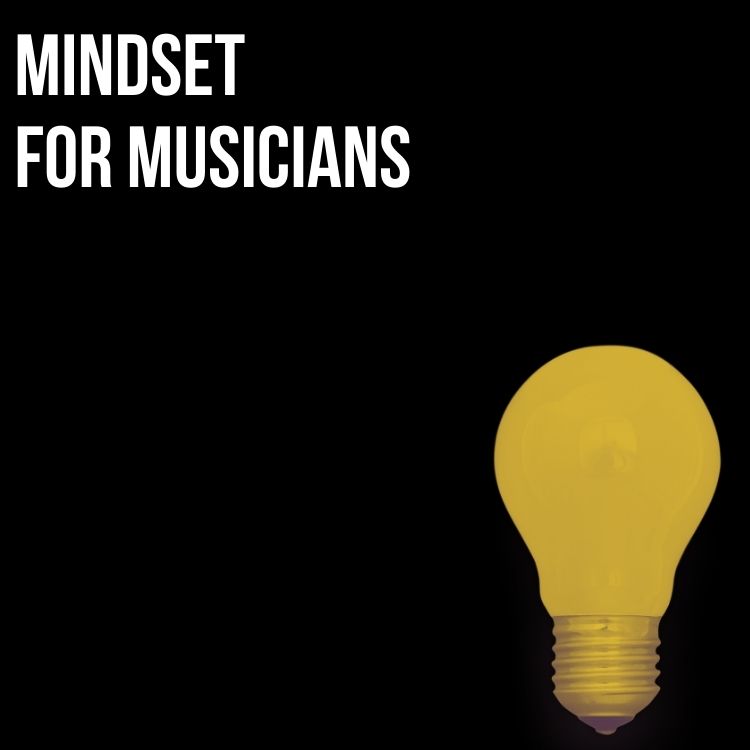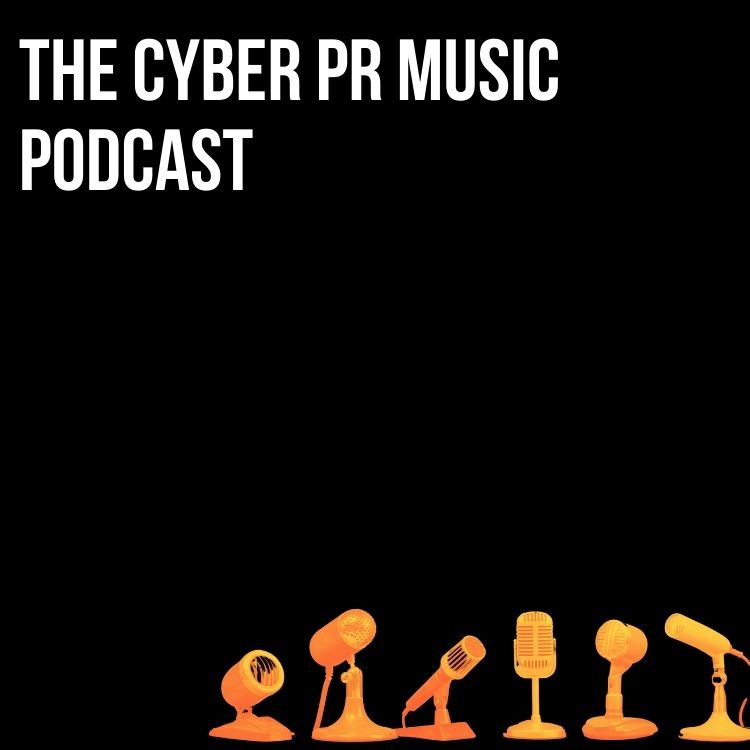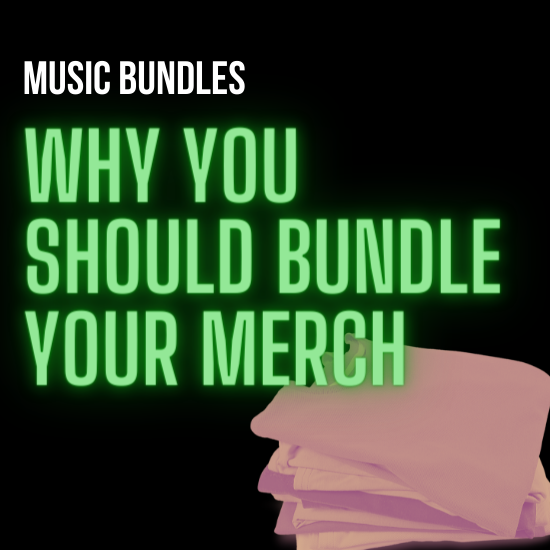
Bundling your music and products together is getting more and more popular. Today, a vast majority of indie and signed artists are selling their merch and music together at a discounted rate. Bundling your merch is the new big trend. There are many reasons why you should bundle your merch and increase fan engagement along the way. Here are some of the reasons why you should bundle your merch and where to do it.
Using Bundles For Finances
Due to the increased usage of listening to music via streaming, artists have had to turn to other forms of income. One major source of income that is rising is selling your music with something attached to it. What used to sell alone now struggles to sell. The only way to get someone to pay $10 for a shirt is if they pay $40 instead and get a t-shirt and socks along with it. The best way to earn money with this approach is to ensure that you’re music is selling either as a physical or a digital download. The reason for this is that streaming has a very low payout, but if you sell more music, rather than letting people stream, you’ll be making a much bigger profit. Notice below how there are a number of ways to bundle and increase your revenue.

What is nice about this model is that it entices people to buy your music because they love your products. Chances are, fans already listen to your music through streaming services. However, you get so much more out of it if fans want to buy your hoodie and get a free CD with it. They were already supporting your music, and now they get their copy just for buying some products. Fans are getting a deal out of it, and artists are generating more income because of the much higher bundle prices compared to individual products.
Using Bundles For Charting
While this might not be as important for many indie artists, if your dream goal is to be signed to a label, you care about charts and ranking. Bundling your music with other products can help boost your numbers, whether you sell a digital download or physical CDs. Streaming requires over 1,000 streams to amount to the same revenue as a physical purchase. That is why it is important to include your music in your bundles, to get the income and the credit. While bundling products with your music is incredibly important for building artist-to-fan relationships and increasing artist income, it’s not as great for charting.
SoundScan is in charge of charting all physical sales of your music. As of October of 2020, SoundScan has stopped counting albums or single sales that are bought as a bundle with another product. This means that SoundScan will be unable to track any of your music purchases fans make that conjoin music and product. However, if you create and sell a bundle that is only about your music, you will get the credit for it. What you can do that counts is bundling physical and digital music purchases. Let’s say you sell a bundle that includes a digital download of your album and a vinyl. SoundScan will identify this bundle and track the physical purchase of your album. While this method might not catch your fans’ attention as easily, it will boost your ranking in music sales.
Different Ways To Bundle
There are several approaches you can take with bundling to grab your fans’ attention. As we mentioned before, the bundles most likely to sell are product bundles. The reason for that is because you’re giving your fans something special, and sometimes unique, for buying your music and supporting you. You should get creative with your bundles. This can mean attaching song lyrics, album artwork, blankets, playing cards, etc. Be as unique and creative as you can. One of our artists, Marius Billgobenson, shares his bundle options below.

Here are a few other ways you can get creative:
The Experience Bundle
The experience bundle is exactly as it sounds. You are building and sharing an experience with your fans. This works very well if you have a theme in your upcoming album release. You can bundle items that help generate that experience you sing about. For example, if your music is perfect for this holiday season, you can include candles that bring your fans to you. You can also include blankets or hot chocolate packets to get this cozy experience. With this bundle, fans are buying into more than just your music, they’re buying the experience.

The Limited Edition Bundle
Another great way to incentivize your fans into purchasing bundles is by selling them for a limited time only. This is a really good bundle choice if you’re getting ready to tour. You can sell bundles with tickets to your show since the show is only for a limited time. You could also include things such as a signed album or personalized photo. This needs to be something that makes fans feel special and unique for purchasing a bundle from you. Try to sweeten the deal on these kinds of bundles.
The Back Catalog Bundle
The back catalog or “deadstock” bundles are bundles where you sell products leftover from previous albums. This is a way for you to make back some money you might’ve lost in previous works. You can also use this bundle as a way of bringing your fans back to older releases. There is still plenty of revenue that can be made from catalogs of music, and bundling them can make them sell a whole lot faster. You can also combine old with new and give your fans your entire music career in one giant bundle.
Music Bundles
Lastly, as we mentioned before, music bundles are a good way to go if you want to chart your latest single or album. Because streaming is how most people listen to music, you’ll have to add something really sweet for this bundle to sell. Remember, you cannot add any merch to this bundle if you want to chart sales. However, you could bundle previous releases with your new one to sell your entire catalog as a bundle. You can also include demos and stripped versions of songs to give your fans something incredibly unique.
Selling A Merch Bundle Through Bandcamp
If you like to give your fans something tangible but fear they won’t purchase something that takes a while to arrive, sell your merch through Bandcamp. Bandcamp has recently introduced the bundling of physical and digital sales. What this means is that if you have posters, album artwork, band photos, anything digital produced, you can sell in both formats. If you are selling your album in a bundle that includes a poster and the album artwork, when your fans purchase this bundle, they will be given digital downloads of your products while they wait for the physical to come in the mail. Once their purchase goes through, they can immediately download your album and your artwork while you get to work on fulfilling their order physically. This helps fans in being more likely to purchase a bundle as now they don’t have to wait around.


Selling A Merch Bundle Through Bandzoogle
Another great way to sell bundles is through Bandzoogle. Bandzoogle recently integrated their merch selling services with Printful. To learn more about this, click here. This combination of the two services is great for you because they take care of everything. All you have to do is choose what you want to sell, a
nd remember to get creative with it and post it on your website.
Selling A Merch Bundle Through Spotify
Spotify is the first digital service provider to integrate selling merch with streaming music. Spotify uses Merchbar to set up a digital merch table on your artist profile. You can choose whatever products you want to show up on your page and artists can purchase them directly. We encourage you to post at least 1 bundle to your Merchbar to incentivize fans to look at your other bundles. To learn more about selling merch through Spotify, click here.
There are countless ways to bundle your merch together. All you have to do is pick one that best matches your brand and go for it! Remember that selling bundles are a great way to generate a connection to your fans and engage them differently. Sell your bundles today and note the change in engagement and revenue.
Include bundles in the marketing plan for your upcoming release! Download the FREE Music Marketing Plan Checksheet for all the strategies and hacks we use here at CyberPR.
Subscribe for more!
Back to The Blog




